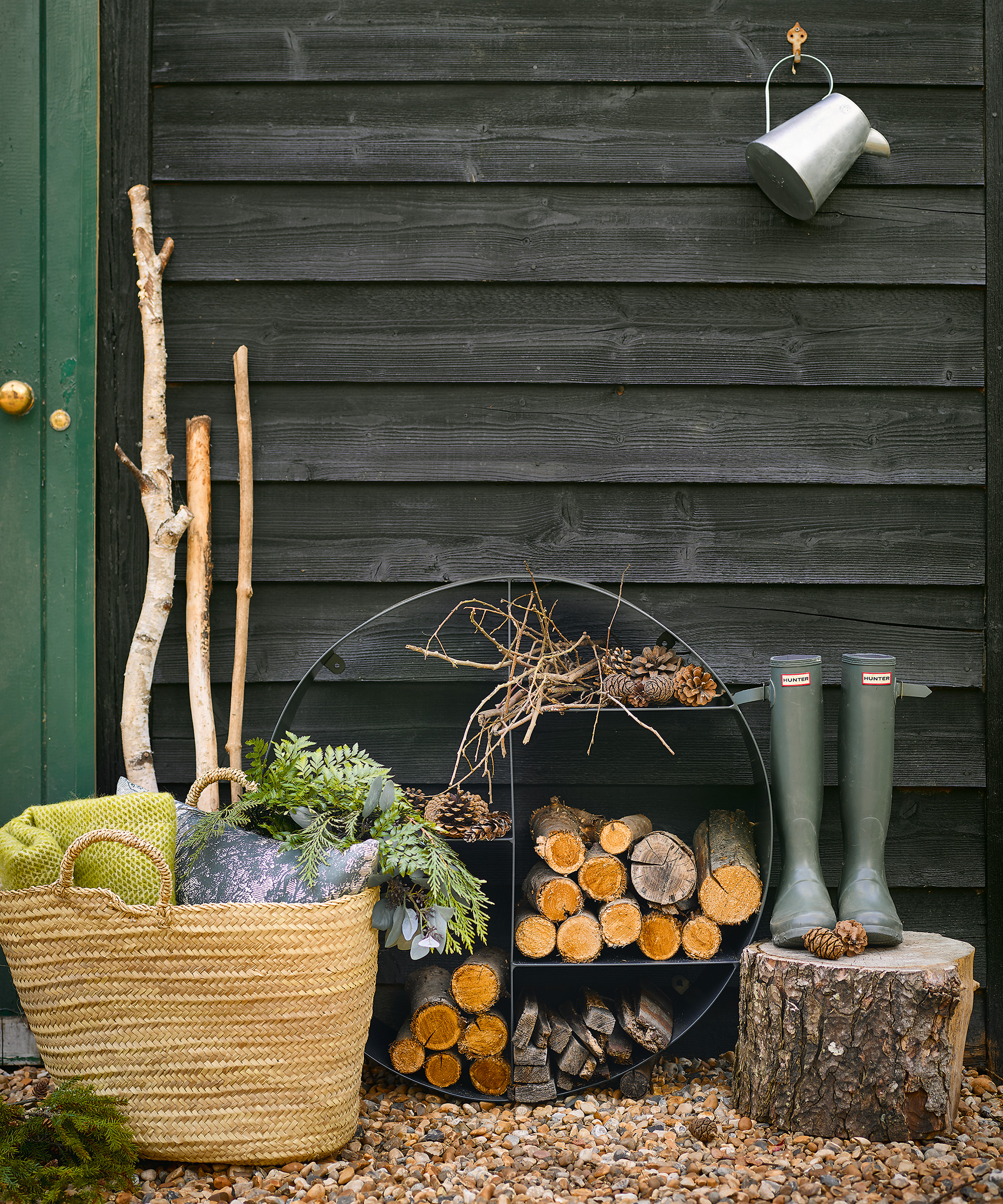
Applying wood stain to garden fences is not exactly something that constitutes the creative heartbeat of the garden, but it is one of those thoroughly practical gardening jobs that just simply must get done, by hook or by crook.
Before you start with your fence decorating ideas, remember that the aesthetic and functional success of your garden fence relies very much on being treated appropriately with a suitable stain treatment.
Before you hurtle into the garden, wood treatment in hand and an hour or two at your disposal to get the job done, its worth learning a lesson or two from the common fence treatment mistakes nearly everyone makes, so you can avoid them and get the job done right.
1. Bypassing the all important test area

Whilst it's tempting to start slapping on lashings of treatment, it is very important not to skip the all-important test area.
Not all fences were created equal, and some treatments may alter the wood’s appearance more dramatically than you'd anticipated. Testing a small, discreet area first ensures you achieve the desired finish.
2. Applying the treatment to wet or damp wood

One of the trickiest fence treatment mistakes to avoid is applying treatment when it has recently rained, or rain is imminent. Always keep an eye on the weather forecast.
Since treatment will not be absorbed properly by the wood when it is wet, spending all that time and money on getting the job done, is somewhat futile.
Ensure you have a good run of dry weather for several days before starting.
3. Accidently spraying the surrounding areas

You must protect your surrounding deck, patio, or furniture from the treatment. Wood stain treatment very often stains patio slabs, stone, wood, and composite decking, so before you do anything else, protect them with a dust sheet, like this dust sheet available at Amazon.
Be aware of the clothes you wear too, this is not a job for your favourite linens or most cherished cashmere sweater. Protect anything around you from damage before starting, particularly items that are easily stained and porous.
I would recommend wearing gloves too, as the chemicals in wood stain are particularly strong. Once they get on your hands, it can be hard to wash them off. A pair of disposable gloves would be best, like these chemical-resistant disposable gloves available at Amazon.
4. Forgetting to clean your fence properly

It stands to reason that brushing off any cobwebs, moss or leaves from the fence before proceeding will help get a clean, even finish of wood treatment.
But if you want the job done thoroughly and properly, a swift light dusting won't suffice. Because outdoor timber is a breeding ground for dirt, bacteria, and organic growth, your treatment can seal in dirt, essentially achieving the opposite results.
Ideally, you should use warm, soapy water and a sponge or brush to clean your fence beforehand. Dr. Bronner's Pure-Castile Magic Liquid Soap, available at Amazon, is the very best stuff for this job (and any garden cleaning job for that matter), so it is best to always have a bottle of this in your shed.
One of the fence treatment mistakes people are most likely to make is forgetting to use a fungicidal cleaner, likely because they didn't know they needed to. Well, if a job is worth doing, it's worth doing properly, and mould, algae, and mildew will all persist if you spray treatment straight onto the wood without a fungicidal cleaner first. Happily, you just need to spray this on an hour or two before the treatment, so not a huge amount of hard work.
Shop fence treatment essentials
This fence treatment is marvellous, its a little on the pricey side but it it outperforms the others on the market. It can be applied using sprayer, roller or brushed onto the woods surface. This wood treatment prides itself on 'goof proof application.'
This is a great, modestly priced sprayer which will allow you to spray your treatment onto your fence which is far quicker than painting it on with a brush. It has an adjustable spray width so you don't nee to worry about overspray or wasted treatment.
This is very strong stuff, so go easy with the application, but this fungicidal cleaner is a much better option than bleach at is has a broad-spectrum fungicide, virucide, and disinfectant formula that kills mildew and more than 141 different microorganisms and crucially it can be used on porous surfaces.
With these tools in your arsenal, staining your fence should be a breeze.
Happily, fences only need to be treated every two years to ensure they are protected, so even though it may seem like a faff, once it is done, and you have avoided these fence treatment mistakes, it won't need doing again for a very long time.







